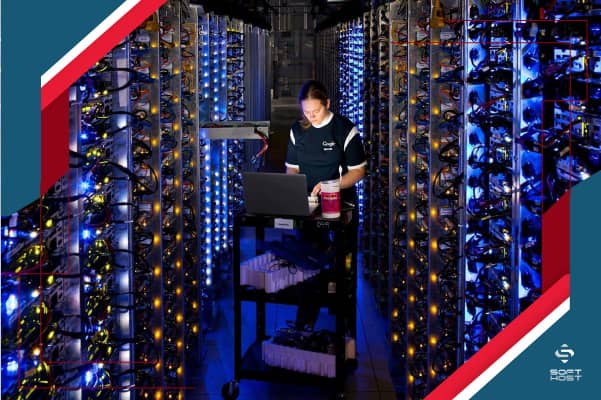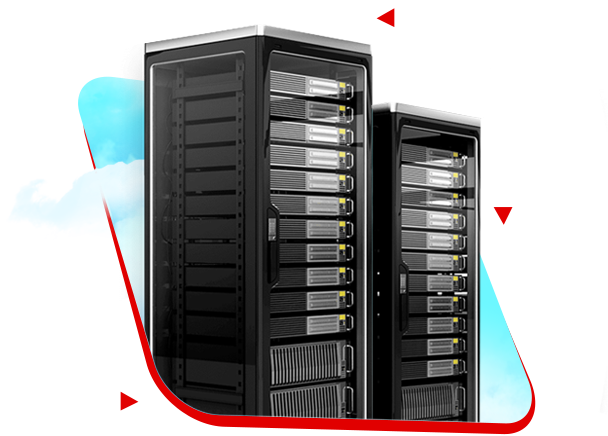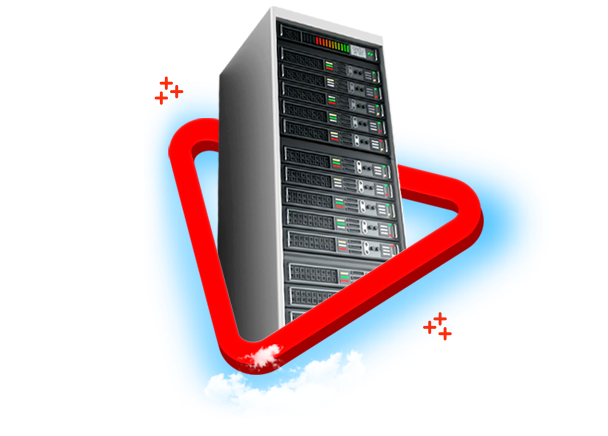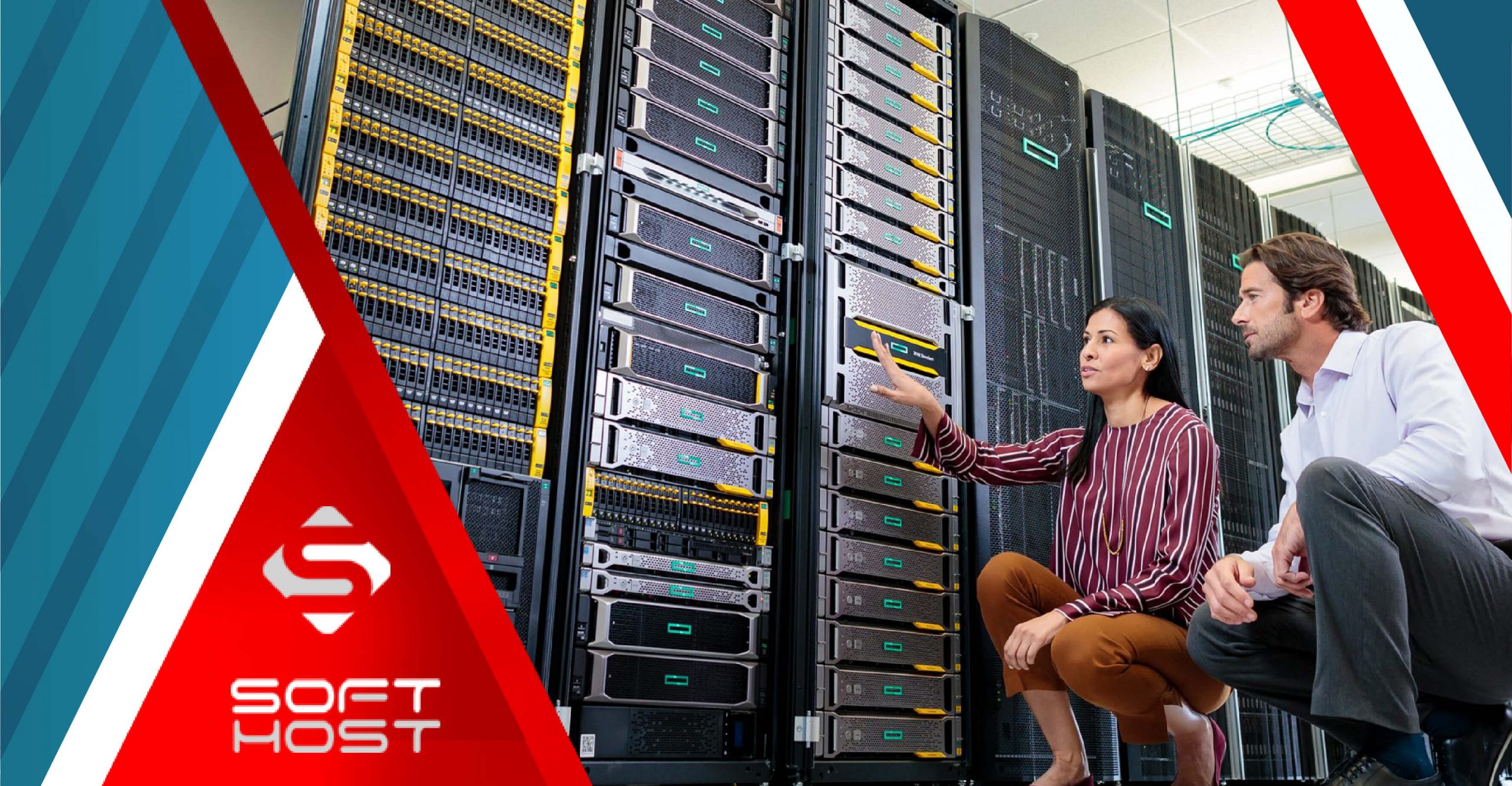
Virtualization is one of the new and effective topics that are discussed in the discussion of server resource management or network resources. In fact, virtualization means creating a virtual copy of a real object. You can make a virtual version of each part of a server, both hardware and software, and you can also virtualize an internet network.
In fact, virtualization technology was created for the reason that resources can be managed more easily and better. In this article, we are going to have a detailed review on virtualization services and its types, and we will also introduce the best virtualization software.
Investigating the concept of virtualization
Table of Contents
All existing computers and servers are composed of various parts such as operating system, software, hardware, information data, etc. and there is also a two-way connection between these mentioned items. For example, the; When there is a problem with the computer hardware, the operating system will definitely not come up and the computer and server will be practically unusable.
Or, for example, if the server’s RAM has a problem, all the software and information data on the server will be unusable, because the operating system will not boot up without RAM. Virtualization technology was created exactly for this purpose.
In the discussion of virtualization, which is also called virtualization in the English term, an attempt has been made to eliminate the connection between these mentioned items, that is, there will be no connection between the mentioned layers, and if there is a problem with one of the layers, there will be no disruption for the other parts. It will not happen. In other words, if there is a problem with one of the hardware parts, there will be no disruption in the operation of the operating system and software parts.
The role of virtualization in the management of available resources
Each server has a specific set of resources to use, which include:
- The amount of RAM
- CPU type
- Server hard capacity
- Operating system type
And… it is. In general, without using virtualization, the owners of these servers have to install only one type of operating system for it, and all the resources of this server are specific to this operating system.
For example, the; If the amount of RAM of a server is 64 GB, using virtualization technology, this amount of RAM can be divided into, for example, 16 sections, each section having 4 GB of RAM. Then it is possible to install any different operating system on these 16 virtual parts. In fact, by using virtualization, you were able to receive 16 different modes from different sources and operating systems from one server.

Classification of virtualization types
In general, there are different types of virtualization. By using virtualization technology, you can use the resources of a server, network, desktop or storage space in a virtual way. We will examine each of them below.
Server Virtualization Server Virtualization
All modern and advanced data centers in the world use virtualization technology. Because using virtualization can reduce the costs of a server. As a result, companies and organizations try to manage their data center resources better by using server virtualization technology.
By using server virtualization, it is possible that a physical server with specific resources can have a large number of operating systems installed on it, each of which occupies a part of its resources, and these operating systems do not interfere with each other in any way. Each of them is working separately and parallel to each other. In fact, by using server virtualization and installing different operating systems with the required resources, the waste of server resources is prevented as much as possible.
Imagine there is a physical server that has 128 GB of RAM, if you allocate all the resources of this server only to one operating system, this operating system cannot fully use all the resources of its server and as a result, a large part of the resources of this server It remains unused. In fact, you pay a lot of money just for using 20% of a server’s resources.
Benefits of server virtualization
Dividing a server and its resources into multiple parts using virtualization technology has many benefits, which we will discuss below.
- In order to build different operating systems with different resources, it is no longer necessary to spend money on buying a separate and new server, and it is possible to divide a server into different parts with different operating systems and with the resources they need.
- The amount of wasted server resources will be greatly reduced and the maximum use of all the capacities of a server will be made using virtualization technology. The maintenance process of a server that is divided into different parts using virtualization technology is much easier. As a result, it is easy to repair and check each part of the server without disrupting the performance of the other parts and virtualized operating systems.
Network Virtualization
In terms of network, virtualization technology can be used and can be very efficient for managing and maintaining a network. When a network is virtualized, in fact, the resources that exist in this network make it possible to create several virtual networks, and it is also possible to communicate with each other using software infrastructure. and can move the data they need.
The virtualized network itself has a series of resources specific to itself and independent from other networks. In fact, when the number of users of a network increases, instead of needing to add a series of new hardware to the network for each user in this network, the same resources in the network can be divided into more parts and each new virtual network in Enabled new users. In this way, with the increase in the number of users of a network, there is no need to spend a lot of money to buy and add new hardware.
Advantages of network virtualization
In general, virtualization has many benefits, but in this section, we want to discuss what advantages and benefits it will provide you if you divide a network into multiple parts using virtualization technology.
- The first and most important advantage of network virtualization is that the space required for network extensions is reduced. Also, due to the fact that there is no need to prepare and install new hardware, various costs such as maintenance costs, cooling costs, supplying electricity used by the network, etc., are greatly reduced.
- Because the resources of a network are divided into different parts, network troubleshooting becomes much easier. If there is a problem with the network, it is possible to identify network problems and fix them more easily and quickly without disrupting other virtual parts.
- When virtualizing the network, the created virtual machines are located in an isolated environment, so it becomes much easier to secure the network. If a software tries to disrupt the security of the network, because this virtual machine works independently from the rest of the virtual machines in the network, as a result, the security of the rest of the network is not threatened.
Desktop Virtualization
By using desktop virtualization technology, it becomes possible to define a network of different desktops for users, and these virtual desktops are managed by a central server and all their processing processes are controlled by this server.
In fact, desktop virtualization makes a server have several different virtual desktops that other people can connect to any of these virtual desktops they need using any device they have, be it mobile, laptop, etc. perform the desired operation.
The interesting thing about desktop virtualization is that operating systems and applications on it are removed from case dependency and are managed on a central server located in a data center somewhere in the world.
Reasons for using desktop virtualization
Imagine that there are many computers, each of which has an operating system and desktop environment installed on it. The process of maintaining and updating these existing operating systems on different computers can be very difficult and time-consuming. Because each of these computers needs to be examined and checked regularly to fix any problems.
But by using desktop virtualization technology, it is possible that the main hardware is kept on a central server and the process of maintaining and updating these resources is done from this central server. By using virtualization technology, it is possible to provide users with dozens or hundreds of different desktops, each of which can perform different operations and processes independently of the other desktop.
Introducing the best virtualization software
Various companies have created virtualization software so that different people with minimal knowledge can easily virtualize and use this technology. In the following, we will review some of the most important virtualization software.
- Hyper V software
- VMware software
- Hyper V software
One of the best virtualization software is the software made by Microsoft called HyperV. This software helps people to use virtualization technology easily.
Checking the features of HyperV software
It provides nested virtualization for servers.
It periodically and automatically backs up the information in the virtual machines.
The security of virtual machines created with HyperV software is provided by Windows Active Directory.
VMware software review
Another very good software with easy functionality for creating virtual machines is VMware software. This software helps to easily create virtual machines with different hardware and operating systems. Also, these virtual machines can work independently from each other.
Application of VMware software
The main use of VMware software is that you can easily install and check different types of other operating systems on one operating system. For example, the; You can install and check Linux operating system on your Windows operating system using VMware software.
One of the main advantages of VMware software is its simple and easy efficiency that all people with any knowledge can easily use virtualization technology.
Conclusion
Virtualization is generally divided into three categories: server, desktop, and network virtualization. By using virtualization, it is possible to manage server resources better so that resources can be divided into several parts and a separate operating system can be installed for each part. In this article, we thoroughly reviewed virtualization technology, and did you get to know what virtualization is and why this technology should be used? You also got acquainted with different types of virtualization software.
CATEGORY:Blog











